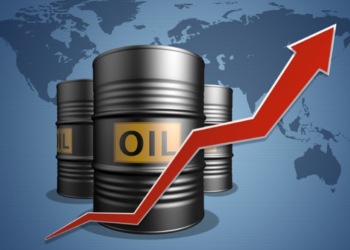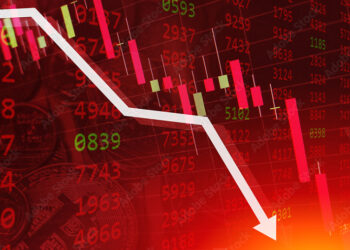Oil prices drifted lower at the last trading session of the week. Surprisingly oil prices are down in spite of strong import data from China on the bias that the recent COVID-19 outbreak in the world’s largest crude oil importer has led to major lockdown measures.
READ: Oil prices rally up as market looks to OPEC+ meeting
What you need to know
- At the time of writing this report, Brent oil futures were down by 0.32% to $56.24 a barrel, and the West Texas Intermediate futures down by 0.11% to $53.5o a barrel.
- Oil prices are under pressure, and recent customs data reveal that crude imports into China were up 7.3% in 2020.
READ: FG borrows N2.8 trillion from CBN via Ways and Means
Stephen Innes, Chief Global Market Strategist at Axi in a note to Nairametrics, spoke on the prevailing macro conditions keeping oil prices relatively high, taking into account Saudi’s recent pledge in curbing production and the influx of COVID-19 vaccines to tame the ravaging virus in causing more harm;
“Oil prices are higher rising to a fresh ten-month high on stimulus expectation as consumers could spend a portion of the direct deposit on gasoline purchase.
READ: Nigeria’s Bitcoin peer to peer trading for 2020 is $352 million
“But it’s perhaps the infrastructure component of the US stimulus efforts that will resonate bigger given the current COVID19 concerns that are pushing back on gasoline demand.
“And with Saudi Arabia providing the cornerstone and bridging the gap to vaccine oil market lift-off. With the renewed enthusiasm about the US demand recovery due to the prospects for more stimulus and the new administration’s pledge to focus on the vaccinations’ rollout, oil prices are lifting higher locking to hash out higher ranges.”
READ: Nigeria’s GDP growth to rebound between 1.7% and 2.0% in 2021 – United Capital report
What to expect; Oil traders are entering a critical phase as oil remains sensitive to the news with negative implications for the demand recovery.
- The oil market recovery is vital for blunting the effect of higher nominal US yields through the reflationary channel. If oil doesn’t fly higher, the reflation trade could fall flat on its face.















.gif)






